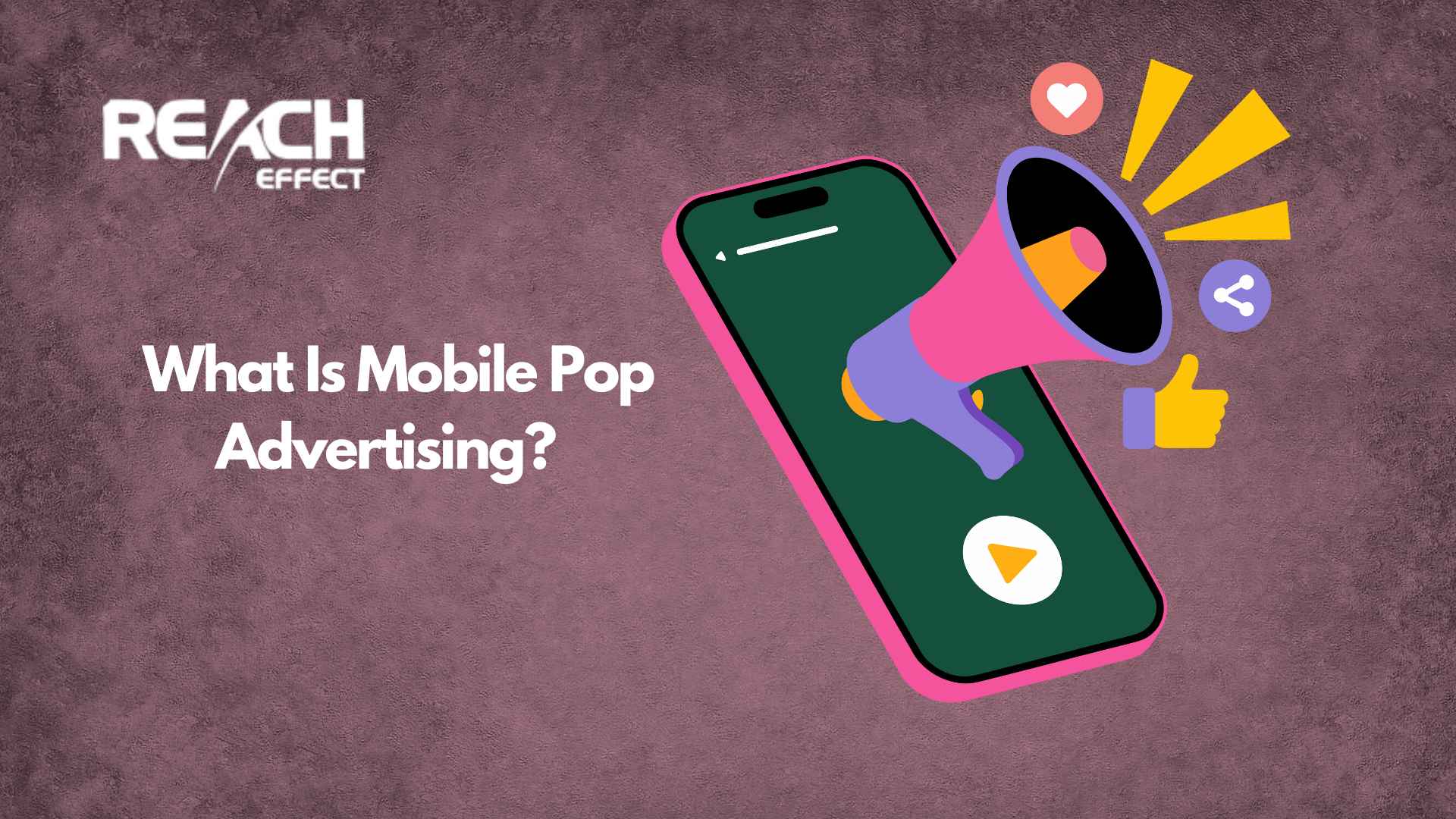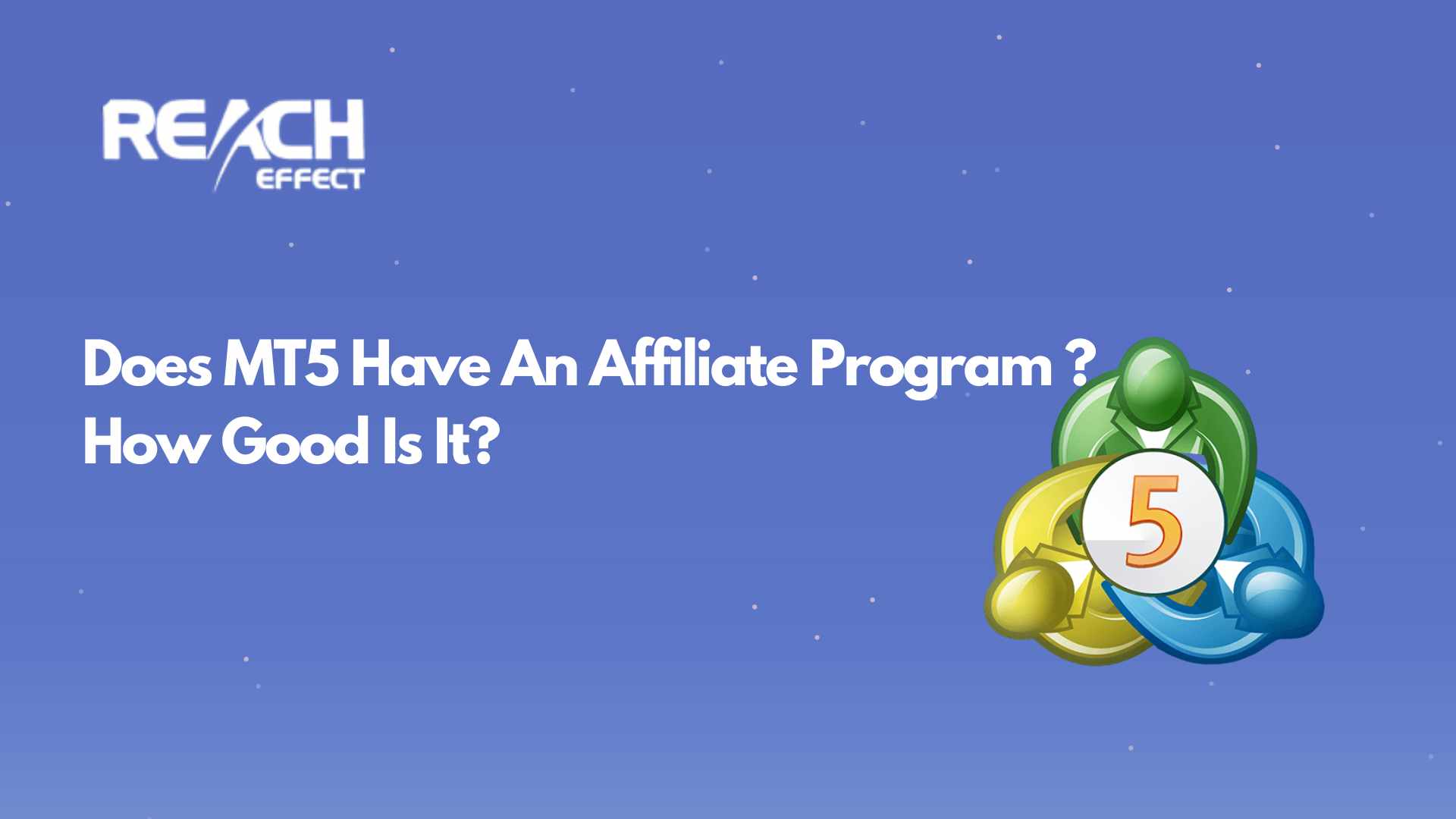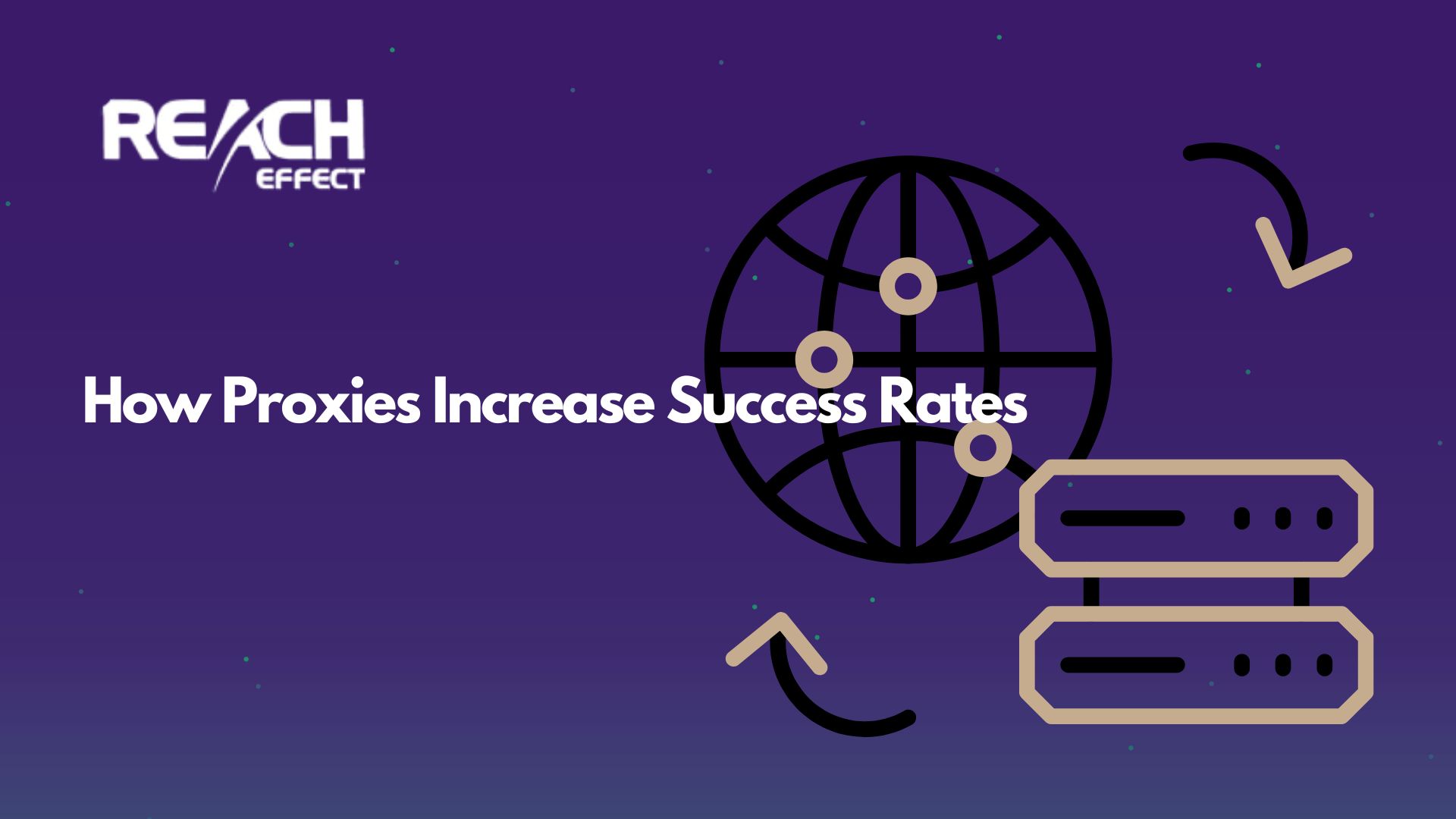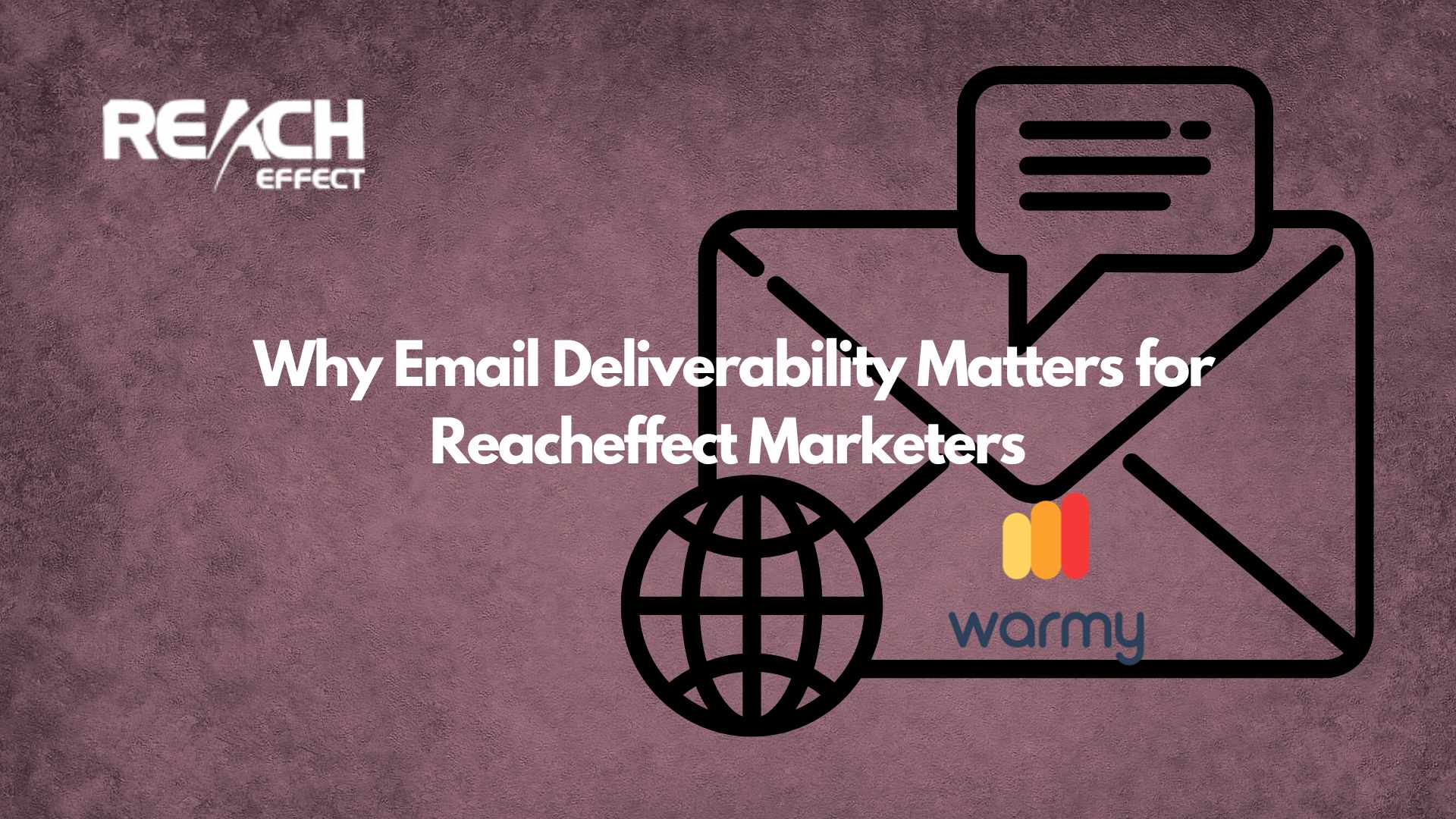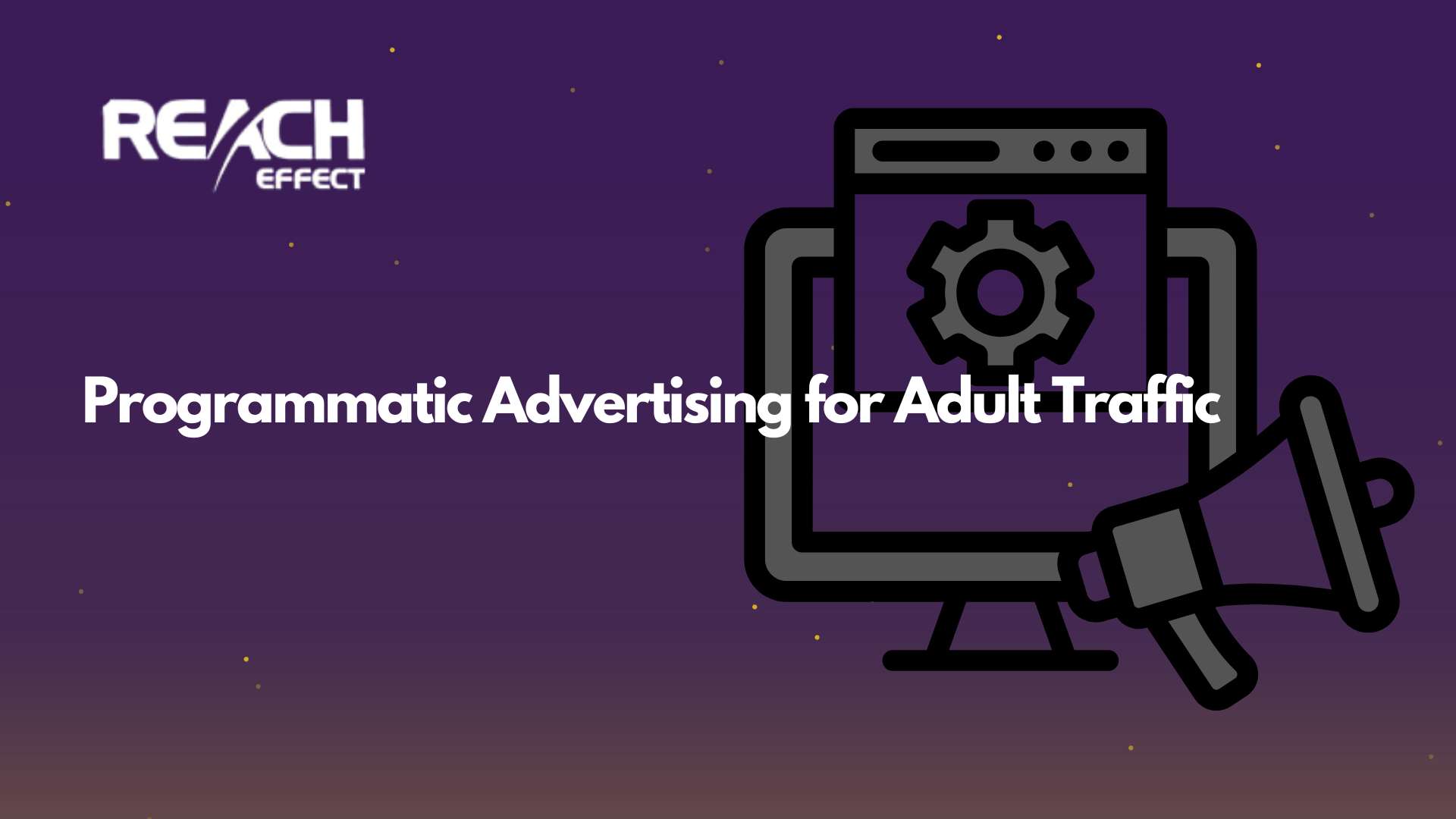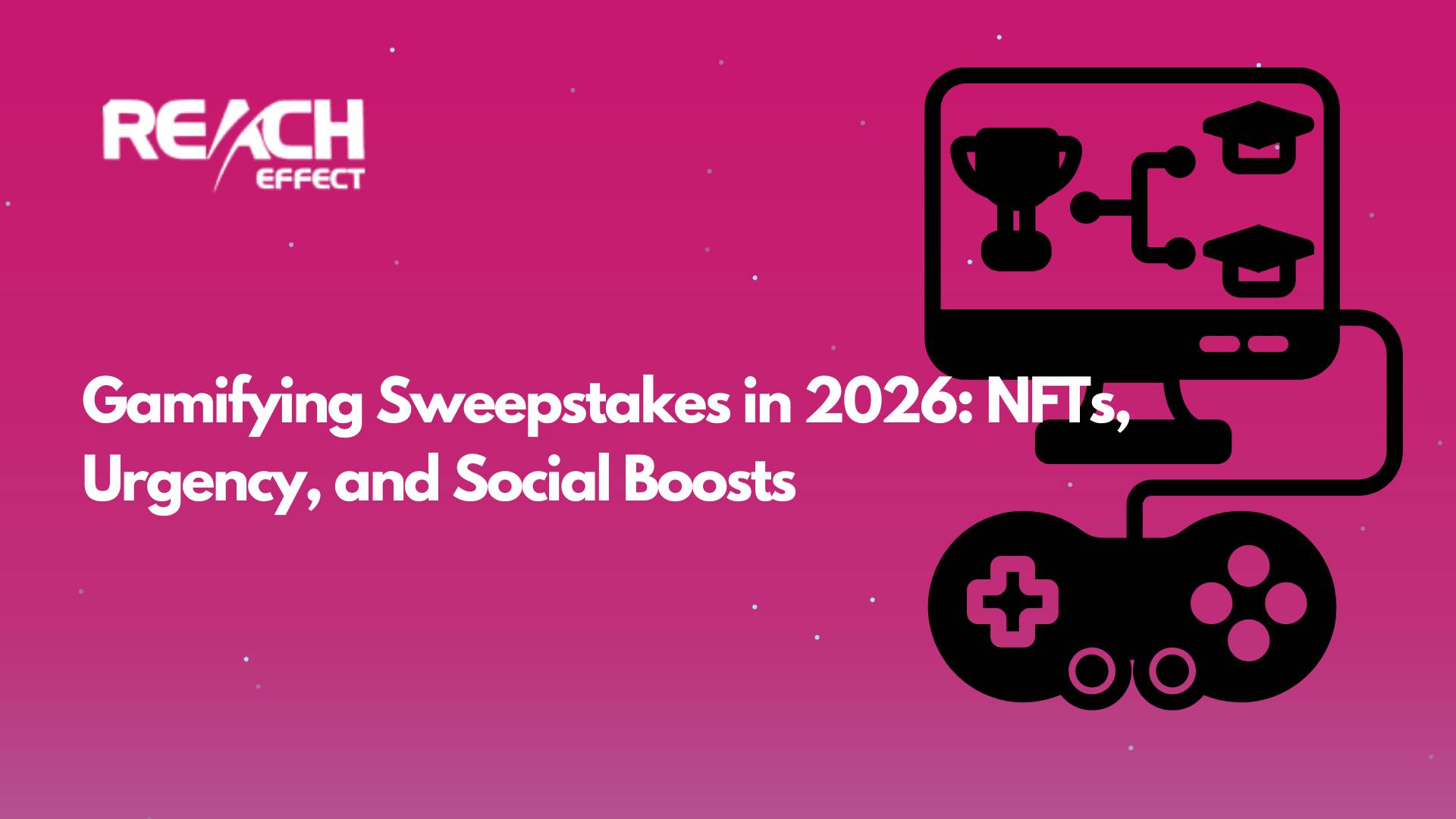Imagine you’re running a small online shop. You invest in ads, but the costs add up quickly, even if only a few people buy. What if you only had to pay when someone actually purchased your product? That’s the power of Pay Per Sale (PPS). It is a marketing model that benefits both businesses and affiliates by tying payments directly to actual sales. Whether you’re a merchant looking to drive revenue efficiently or an affiliate searching for a lucrative income stream, PPS might be the smartest way to grow your business.
Thank you for reading this post, don't forget to subscribe!Understanding the Pay Per Sale (PPS) Model
Pay Per Sale (PPS) is a performance-based marketing model where businesses only pay for completed sales. Instead of spending money on ads that may or may not convert, merchants work with affiliates who promote their products and get paid a commission for each successful transaction. This eliminates wasted ad spend and ensures marketing budgets are tied directly to revenue generation.
Key Players in the PPS Ecosystem
The PPS model relies on several important players working together:
- Merchants – These are the businesses selling products or services.
- Affiliates – Independent marketers who promote the merchant’s products and earn a commission for each successful sale.
- Customers – The buyers who purchase through an affiliate’s link.
- Affiliate Networks and Tracking Platforms – These act as middlemen, connecting merchants with affiliates, tracking sales, and managing payments. Not to brag, but Reacheffect is one of the best in the business for this.
This ecosystem ensures transparency, tracks conversions, and allows affiliates and merchants to work together effectively.
How PPS Differs from Other Performance Marketing Models
PPS stands apart from other digital advertising strategies by focusing purely on completed purchases, making it a low-risk, high-reward system for merchants.
- Pay Per Click (PPC): Merchants pay for each click on an ad, whether or not a sale happens.
- Pay Per Action (PPA): Merchants pay when a user completes a specific action, like signing up for a newsletter.
- Pay Per Sale (PPS): The merchant only pays after a confirmed sale occurs.
While PPC and PPA campaigns can bring in leads or website traffic, they don’t guarantee revenue. PPS ensures that marketing dollars are only spent when a sale is made, offering a higher return on investment (ROI).
Benefits of Pay Per Sale for Merchants
For businesses, the Pay Per Sale model comes with major advantages.
Reduced Marketing Risk
Unlike traditional advertising, where businesses pay upfront for impressions or clicks, PPS eliminates the risk of wasted ad spend. Since affiliates only earn commissions on completed sales, merchants know they are paying strictly for results.
Increased ROI on Marketing Spend
PPS links marketing expenses directly to revenue, ensuring that every dollar spent contributes to the bottom line. This creates a cost-efficient advertising model that helps maximize profits.
Expanded Reach and Brand Awareness
Affiliates promote products to diverse audiences through blogs, social media, email marketing, and video content. This extends the brand’s visibility and attracts potential customers that businesses may not have been able to reach otherwise.
Benefits of Pay Per Sale for Affiliates
Affiliates can build a profitable income stream with PPS, particularly if they have strong marketing skills and an engaged audience.
High Earning Potential
With PPS, the more sales an affiliate generates, the more money they make. Unlike fixed-payment advertising models, commissions scale with success—meaning skilled marketers can earn significant income.
Flexibility and Independence
Affiliates choose which products to promote and how to market them, allowing them to build a business around their personal interests. Whether through blogging, YouTube videos, or social media, affiliates have the freedom to develop their brand in a way that suits them.
Scalability and Passive Income
PPS offers opportunities for long-term, scalable earnings. Once an affiliate has established a system—through content marketing, automated email campaigns, or SEO-optimized pages—they can generate ongoing sales without constant active work.
Implementing a Successful Pay Per Sale Strategy
Both merchants and affiliates need to use the right strategies to maximize their success with PPS.
For Merchants: Setting Up a Strong PPS Program
- Select the right affiliate network – Choose a reputable platform that aligns with your business, such as Reacheffect.
- Define a competitive commission structure – Ensure commissions are appealing enough to attract skilled affiliates while remaining profitable.
- Provide affiliates with marketing materials – Offer banner ads, product images, and pre-written content to help them promote effectively.
- Set clear terms and conditions – Outline payment schedules, sales tracking methods, and restrictions to avoid disputes.
For Affiliates: Choosing the Right Products and Promotion Strategies
- Select products with strong demand – High-ticket or evergreen products often yield better results.
- Work with trusted merchants – Partner with reputable brands to ensure a reliable payout and a quality product.
- Leverage multiple promotion channels – Use a mix of SEO-driven content, social media marketing, and paid ads for maximum exposure.
Tracking and Optimization: Maximizing Performance
To get the best results from PPS, affiliates and merchants must constantly track and optimize their efforts. Affiliate tracking software such as Google Analytics, Voluum, or Post Affiliate Pro helps monitor sales performance, conversion rates, and user behavior.
Regularly testing different landing pages, ad creatives, and call-to-action strategies can help identify what resonates best with an audience, leading to higher conversion rates and more sales.
Potential Challenges and How to Overcome Them
While PPS is an excellent marketing model, it does come with some challenges.
Fraudulent Activities
Some affiliates may attempt to manipulate the system through fraudulent transactions. Merchants can mitigate this by using fraud detection tools and only working with reputable affiliates.
Tracking Issues
If tracking isn’t set up correctly, merchants may struggle to attribute sales to the right affiliate. Ensuring proper tracking links and utilizing third-party verification tools can help solve this problem.
Intense Competition
PPS is highly competitive, especially in lucrative niches like finance, health, and tech. Affiliates can stand out by focusing on a niche market, building high-quality content, and offering exclusive bonuses to buyers.
Conclusion: Embrace the Power of Pay Per Sale
Whether you’re a merchant looking for a cost-effective way to boost sales or an affiliate seeking a profitable income stream, Pay Per Sale is an advertising model that works. It lowers risks, maximizes ROI, and creates mutually beneficial partnerships between businesses and marketers.
By implementing the right strategies—whether that means selecting the best products, optimizing marketing campaigns, or leveraging tracking tools—both affiliates and merchants can turn PPS into a highly lucrative revenue channel. If you’re looking for a marketing model that rewards performance, efficiency, and smart promotion, Pay Per Sale is the way to go!


